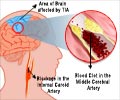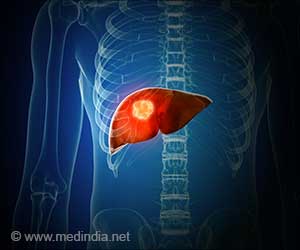Using two way audio-video telemedicine to deliver stroke care appears to be cost-effective for rural hospitals that don't have an around-the-clock neurologist, or stroke expert, on staff

"In an era of spiraling health care costs, our findings give critical information to medical policy makers," said Jennifer J. Majersik, MD, MS, with the University of Utah School of Medicine in Salt Lake City and a member of the American Academy of Neurology. "If barriers to using telestroke, such as low reimbursement rates and high equipment costs are improved, telestroke has the potential to greatly diminish the striking disparity in stroke care for rural America."
For the study, researchers used existing data from previous telestroke studies, as well as data from large multi-hospital telestroke network databases at the University of Utah Hospitals and Clinics in Salt Lake City and Mayo Clinic in Phoenix. They calculated the cost-effectiveness of telestroke by comparing the costs and quality-adjusted life years of stroke patients treated by telestroke to those treated by usual care such as a rural emergency department without telestroke or a stroke expert available. Quality-adjusted life year is a measure of disease burden based on the number of years of life that would be added by using telestroke and the quality of life during those years.
The study found that the cost of telestroke over a person's lifetime was less than $2,500 per quality-adjusted life year. The threshold of $50,000 per quality-adjusted life year is commonly cited as the cut-off for cost-effectiveness.
In addition, Majersik says telestroke can help with increasing the low number of stroke patients in rural areas receiving tPA, which is the clot-busting drug that can reduce death and disability from stroke but must be given within the first three to 4.5 hours after symptoms begin. "Only two to four percent of stroke patients receive this treatment, with the lowest percentage in rural areas largely because there aren't enough stroke experts with experience using tPA," said Majersik. "Telestroke has the potential to lower this barrier by providing long-distance consultation to rural areas, increasing the expertise and quality of stroke care at rural hospitals."
Advertisement














